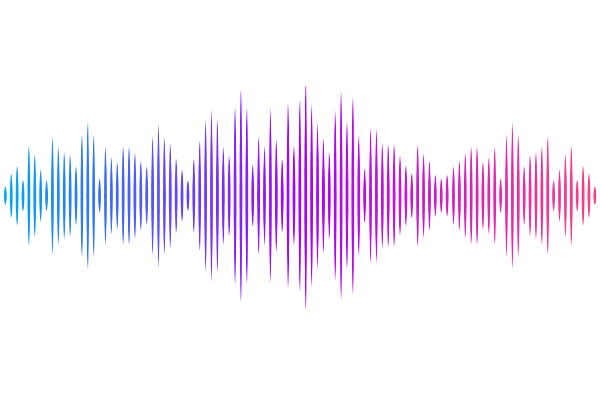Timing and Spectral Evolution of the Magnetar 1E 1841-045 in Outburst

Timing and Spectral Evolution of the Magnetar 1E 1841-045 in Outburst
G. Younes CSST-UMBC/NASA-GSFC, S. K. Lander University of East Anglia, M. G. Baring Rice University, M. L. Bause MPIfRA, R. Stewart GWU, Z. Arzoumanian NASA-GSFC, H. Dinh Thi Rice University, T. Enoto Kyoto University, K. Gendreau NASA-GSFC, T. Guver Istanbul University, A. K. Harding LANL, W. C. G. Ho Haverford College, C. -P. Hu NCUE, A. van Kooten GWU, C. Kouveliotou GWU, N. Di Lalla Stanford University, A. McEwen CSST-UMBC/NASA-GSFC, M. Negro LSU, Mason Ng McGill University, D. M. Palmer LANL, L. G. Spitler MPIfRA, Zorawar Wadiasingh UMD/NASA-GSFC
AbstractWe present the timing and spectral analyses of the NICER, NuSTAR, and IXPE observations of the magnetar 1E 1841-045 covering 82 days following its August 2024 bursting activity as well as radio observations utilizing MeerKAT and Effelsberg. We supplement our study with a historical NuSTAR and all 2024 pre-outburst NICER observations. The outburst is marked by an X-ray flux enhancement of a factor 1.6 compared to the historical level, predominantly driven by a newly-formed non-thermal emitting component with a photon index $\Gamma=1.5$. This flux showed a 20% decay at the end of our monitoring campaign. The radio monitoring did not reveal any pulsed radio emission with an upper-limit of 20 mJy and 50 mJy ms on the mean flux density and single pulse fluence, respectively. We detect a spin-up glitch at outburst onset with a $\Delta\nu=6.1\times10^{-8}$ Hz and a $\Delta\dot{\nu}=-1.4\times10^{-14}$ Hz s$^{-1}$, consistent with the near-universality of this behavior among the continuously-monitored magnetars. Most intriguingly, the 1E 1841-045 2-10 keV pulse profile is markedly different compared to pre-outburst; it shows a new, narrow (0.1 cycles) peak that appears to shift towards merging with the main, persistently-present, pulse. This is the second case of pulse-peak migration observed in magnetars after SGR 1830$-$0645, and the two sources exhibit a similar rate of phase shift. This implies that this phenomenon is not unique and might present itself in the broader population. The newly-formed peak for 1E 1841-045 is non-thermal, with emission extending to $\gtrsim20$ keV, in contrast to the case of SGR 1830$-$0645. Our results are consistent with an untwisting magnetic field bundle with migration towards the magnetic pole, perhaps accompanied by plastic motion of the crust.